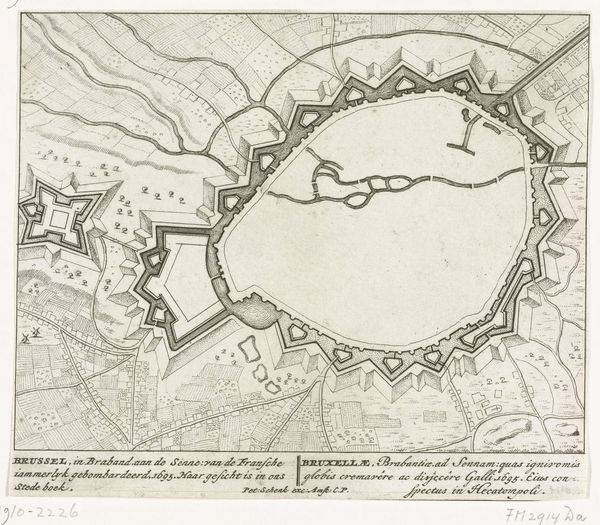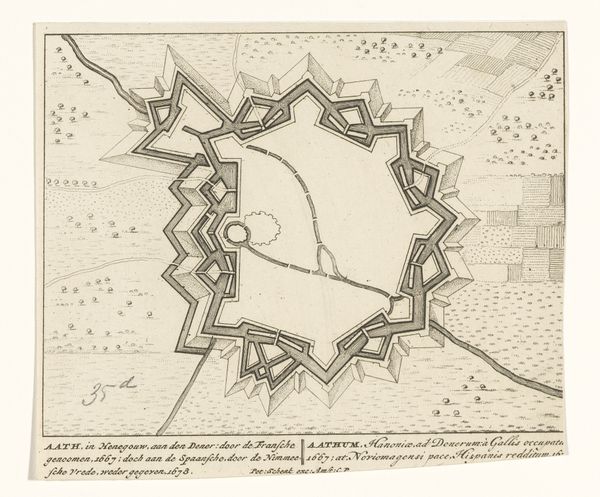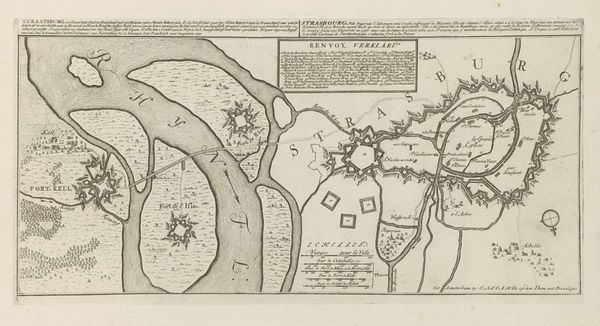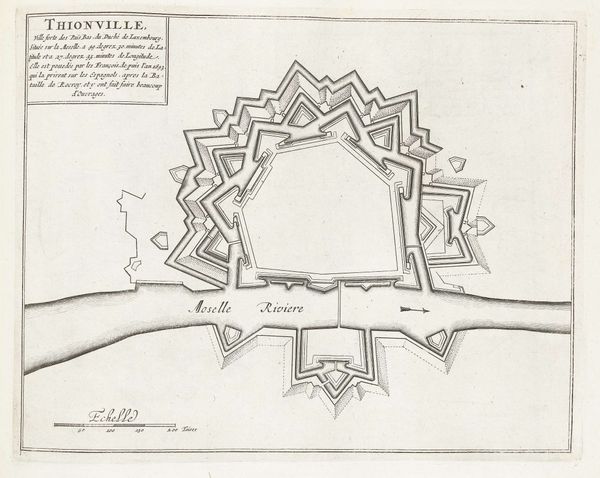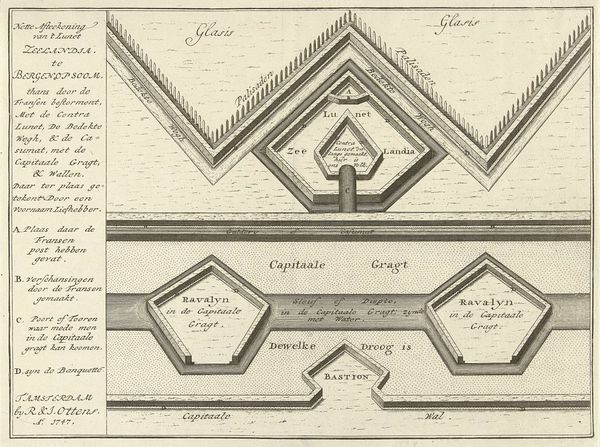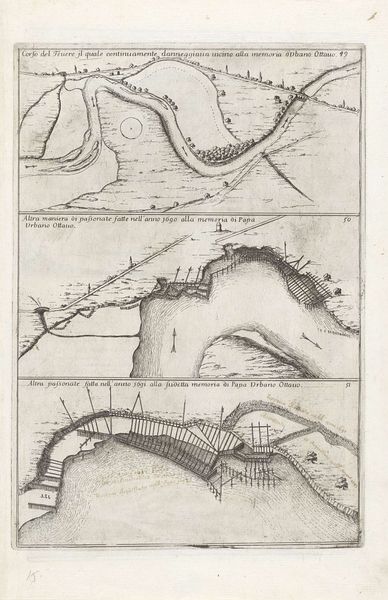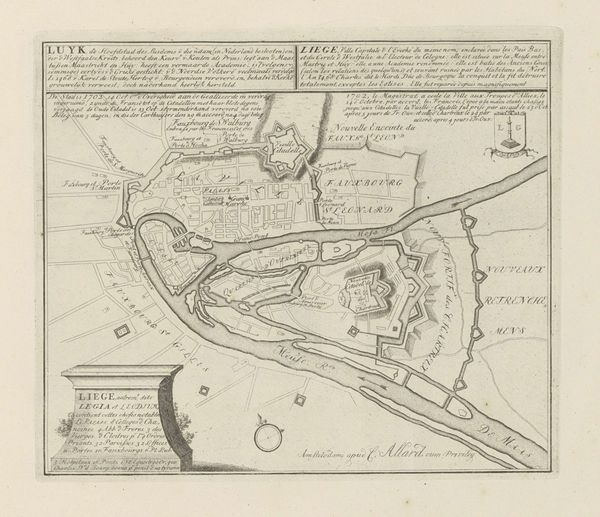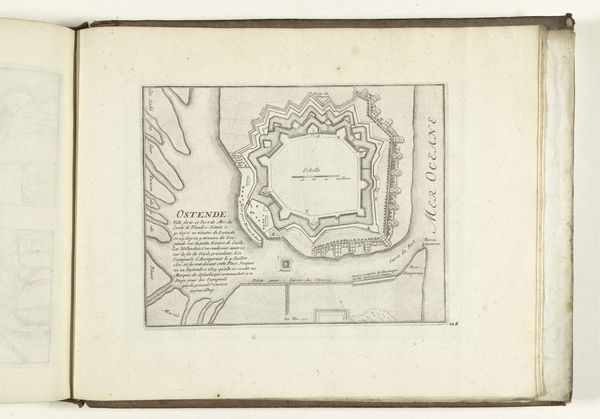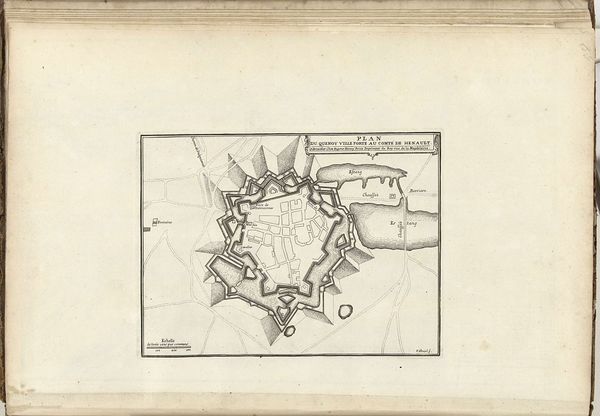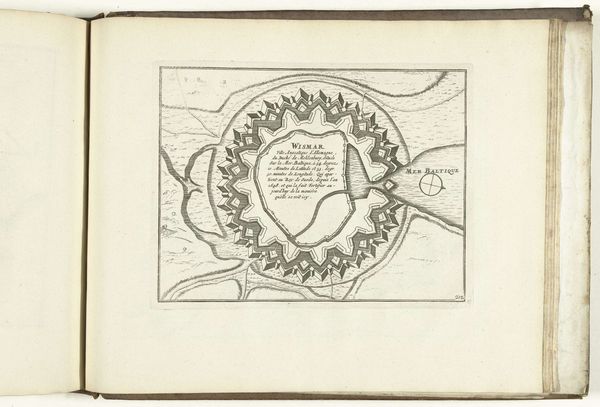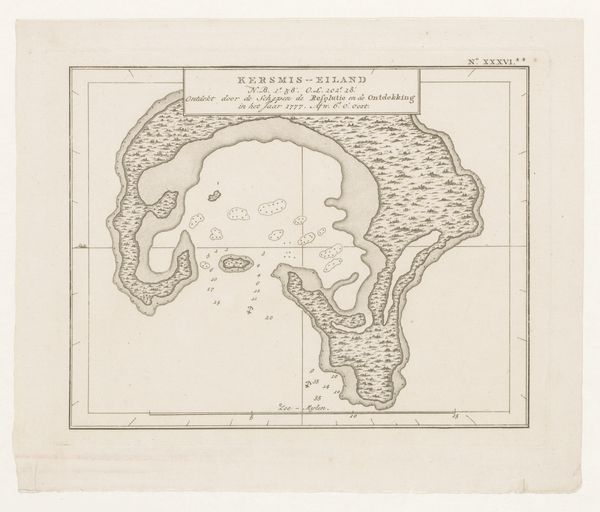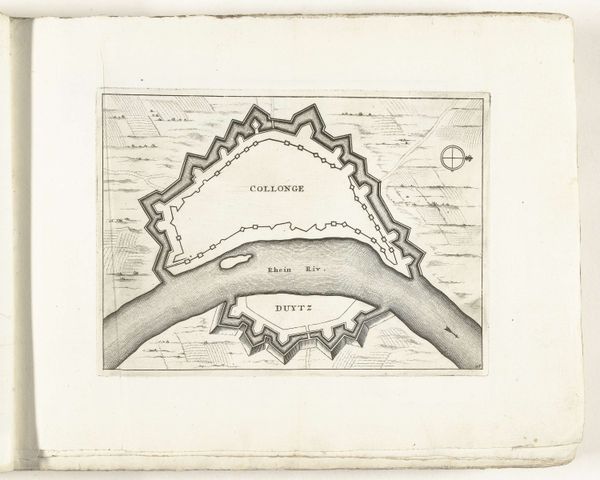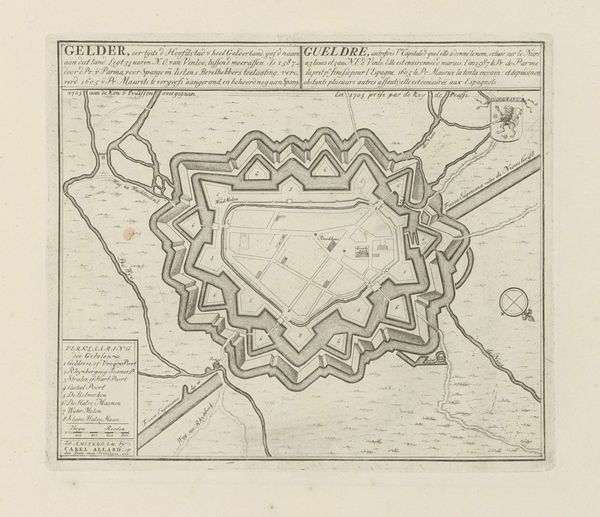
drawing, print, ink, engraving
#
drawing
# print
#
pen sketch
#
old engraving style
#
ink
#
ink drawing experimentation
#
geometric
#
line
#
pen work
#
cityscape
#
engraving
Dimensions: height 199 mm, width 250 mm
Copyright: Rijks Museum: Open Domain
Editor: So, here we have “Plattegrond van Wismar, 1693,” a print made with ink. It depicts a bird's-eye view of a fortified city, and I’m immediately struck by its geometric rigidity. What’s the significance of choosing this particular view? Curator: This isn't just about representing a city, but power dynamics at play in 17th century Europe. The 'bird’s eye view,' becomes a tool of the state, offering an all-seeing, seemingly objective perspective, emphasizing control. Wismar was a Swedish possession at this time. What statements do you believe are being made about their rule and this area? Editor: It seems like a demonstration of authority, showcasing their military capabilities and strategic planning. Almost as if to say, "Look what we control". Does the engraving itself contribute to the statement of power? Curator: Absolutely! Consider the precision, the lines. Engraving was itself an expensive process, suggesting investment and therefore power. This print also normalizes early militarization with this visual, and almost glorifies the city's protection. Editor: That makes sense. So the medium, combined with the strategic viewpoint, creates a potent symbol of control and Swedish dominance in the Baltic. I didn't consider how much the print itself can say. Curator: Exactly. This isn't just a map, it’s a statement about the intersection of art, power, and territory in early modern Europe. It asks us to consider whose perspective is valued and who gets to define the narrative of a place. Editor: Thinking about the engraving this way helps to unveil its layered historical significance beyond just the aesthetic qualities. I see now the deeper meanings related to the history, culture, and philosophies present at this time.
Comments
No comments
Be the first to comment and join the conversation on the ultimate creative platform.
